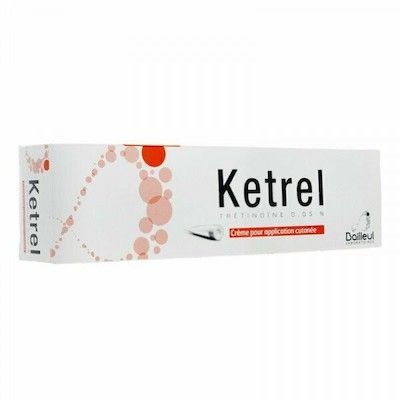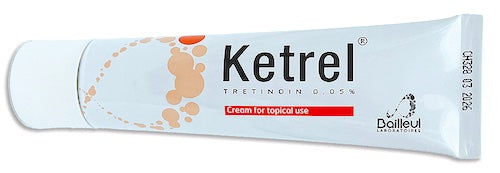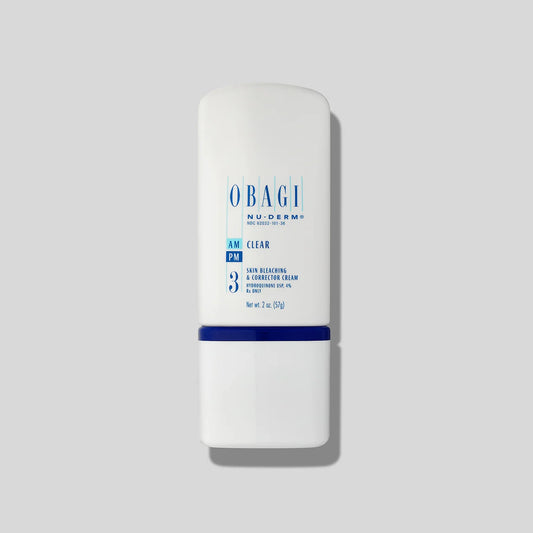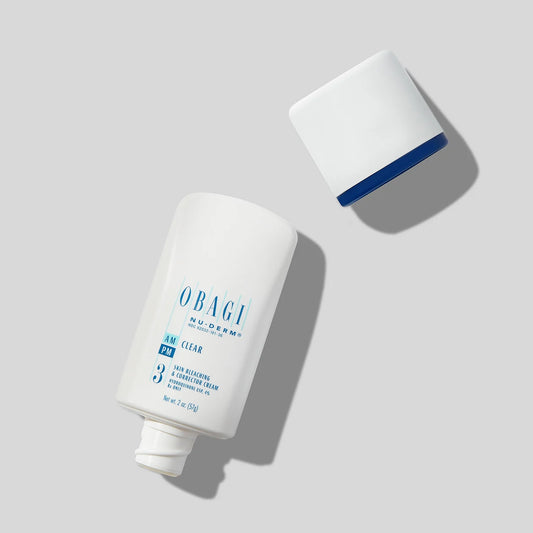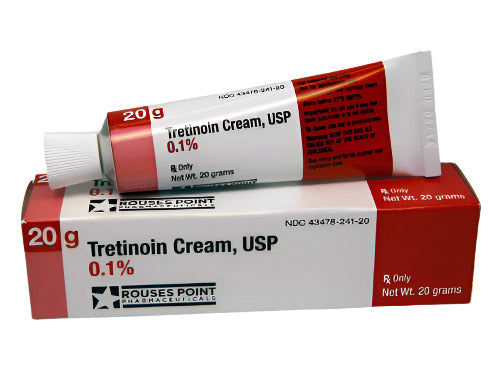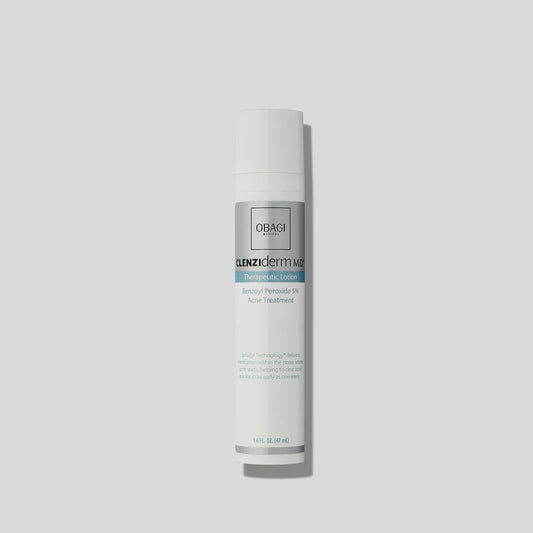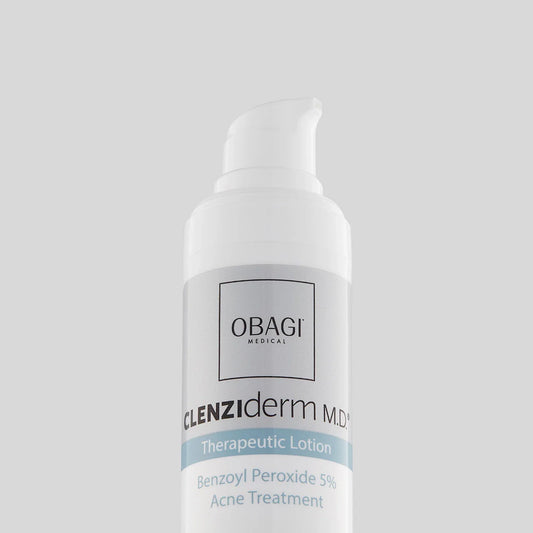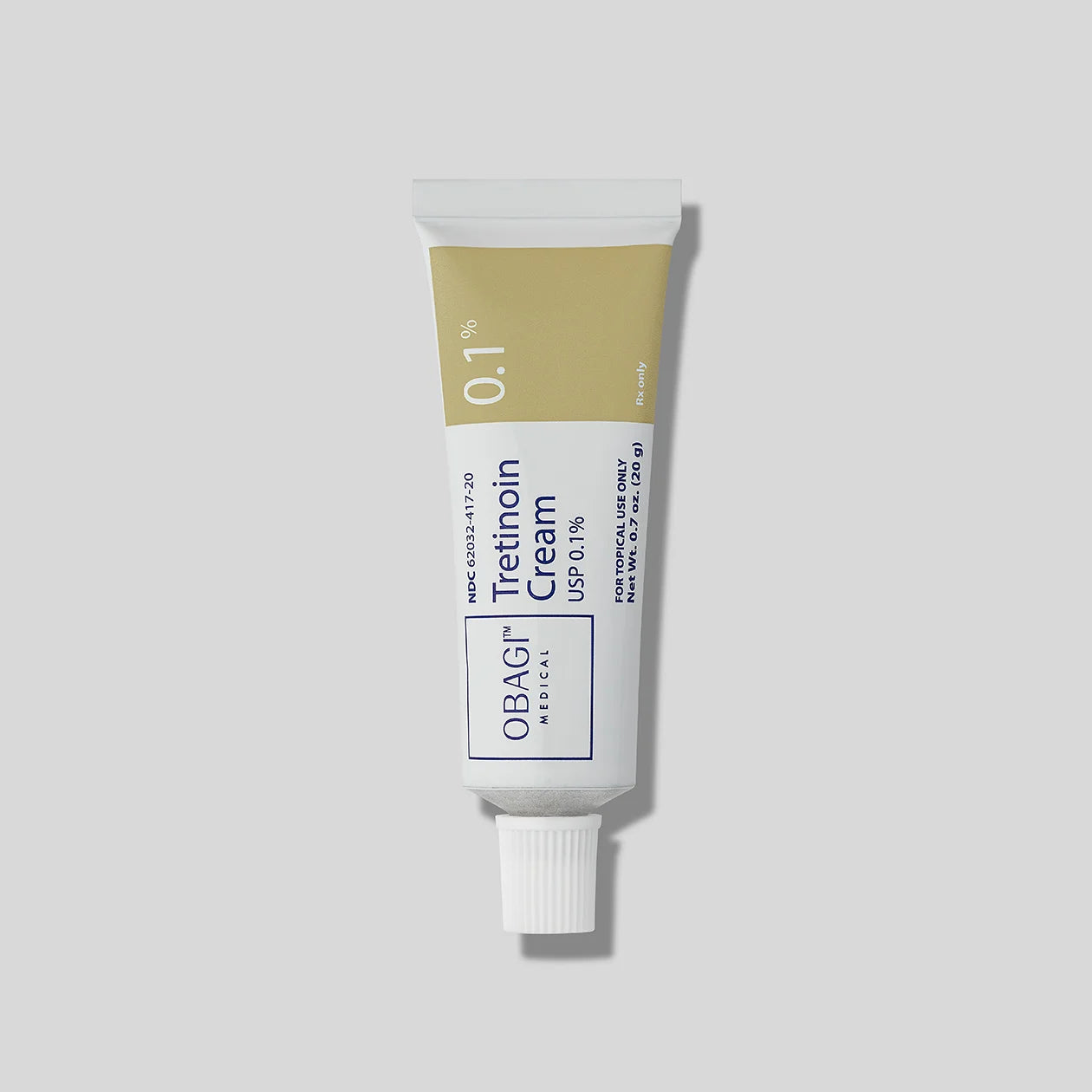
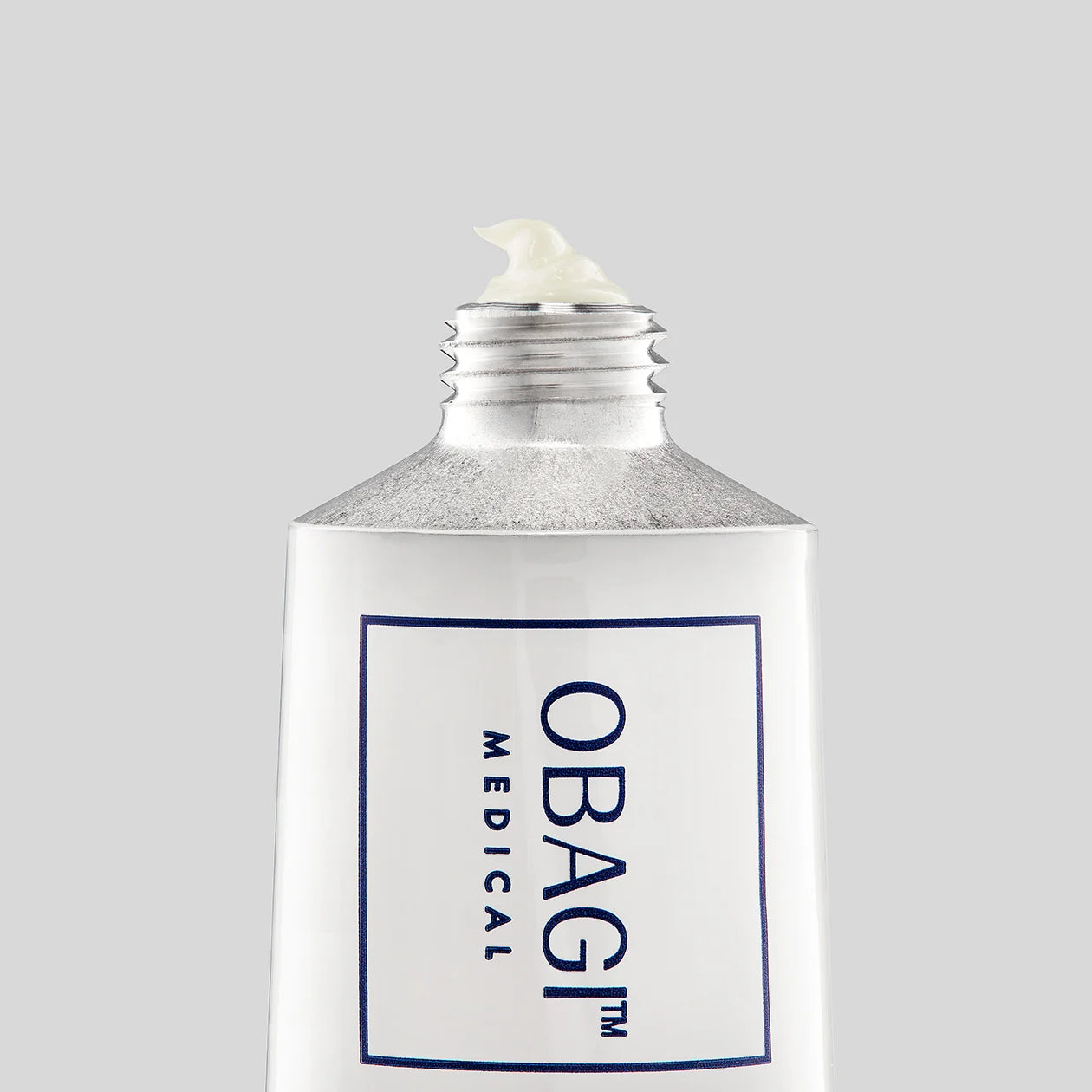
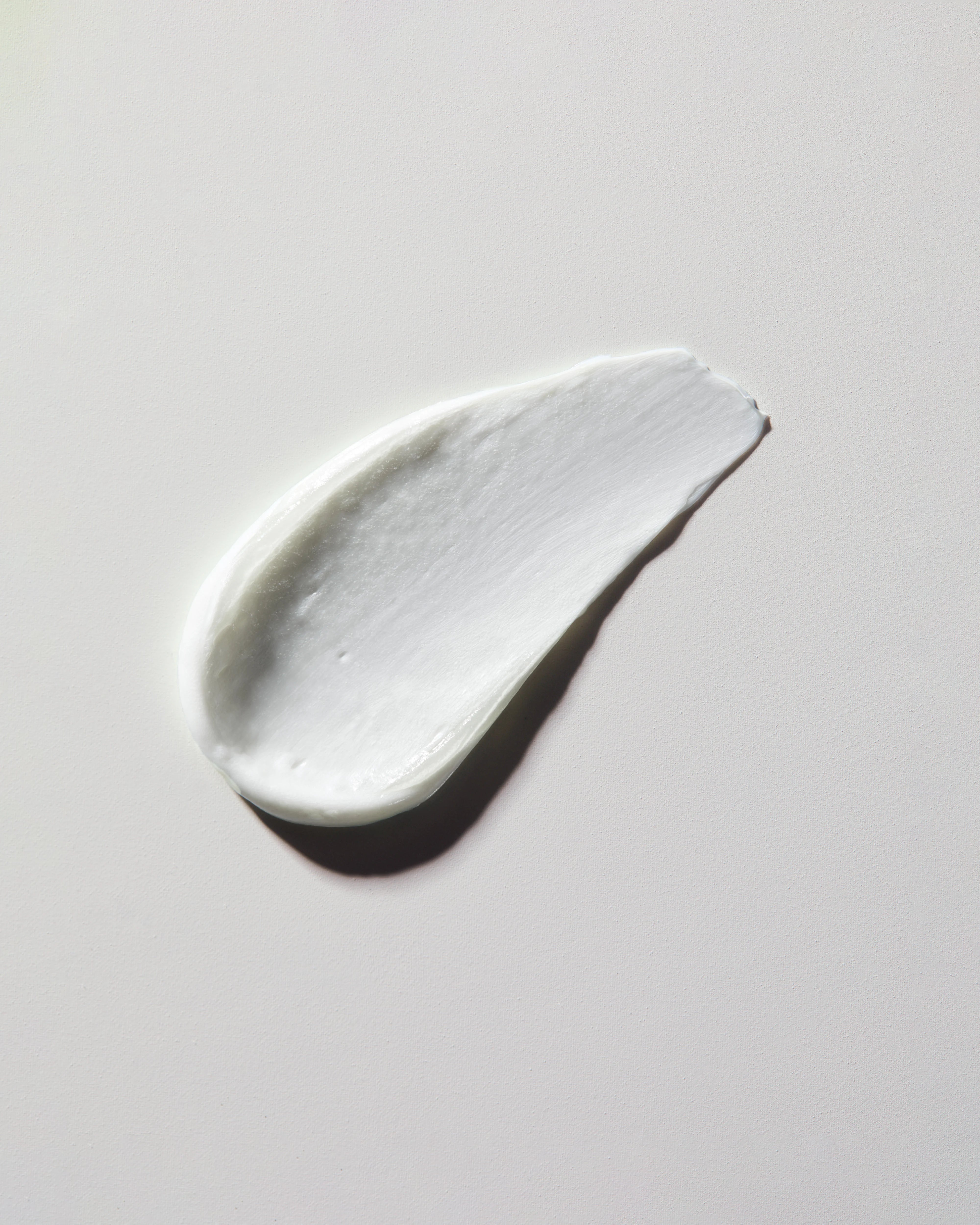
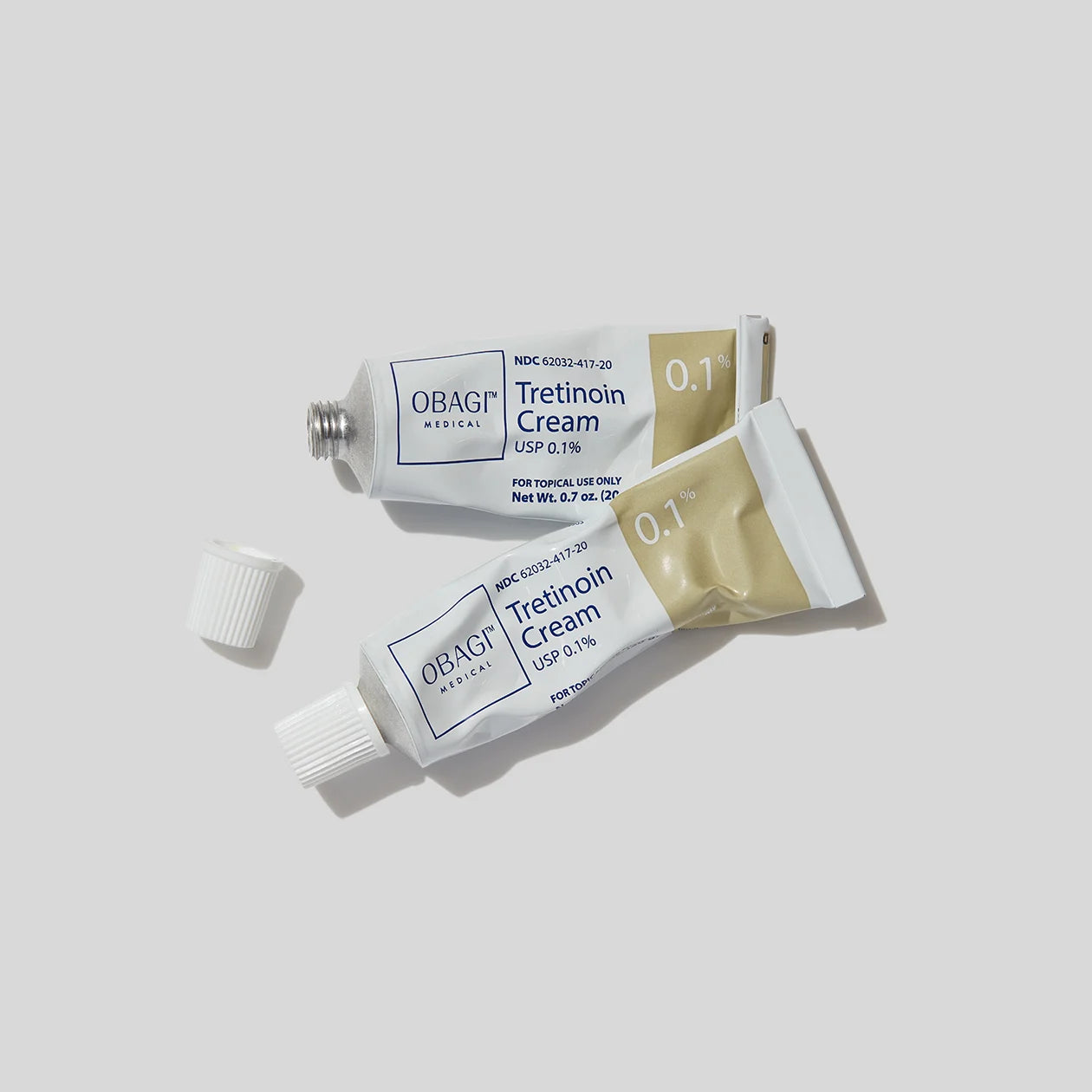
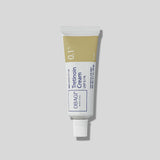
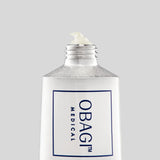

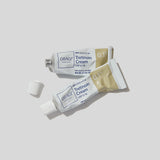
OBAGI - Tretinoin 0.1%
- £130.00
- £130.00
- Unit price
- per
PRODUCT INFORMATION
xObagi Tretinoin 0.1% Cream
Prescription-Strength Retinoid for Acne, Fine Lines & Skin Renewal
Obagi Tretinoin 0.1% Cream is a potent, prescription-only retinoid designed to treat persistent acne and visible signs of skin aging. Featuring a high concentration of pure tretinoin—a derivative of vitamin A—this advanced cream promotes cell turnover to clear pores, smooth uneven skin texture, and soften the look of fine lines and discoloration. Suitable for those with more resistant skin types, this formulation is often recommended for users who have already built up retinoid tolerance.
Available by prescription only. Medical Assessment required.
Core Benefits
-
Clears and Prevents Breakouts
Accelerates skin cell turnover to unclog pores and reduce acne flare-ups. -
Reduces Fine Lines and Wrinkles
Stimulates collagen synthesis to improve skin elasticity and reduce early signs of aging. -
Evens Out Skin Tone and Texture
Minimizes the appearance of dark spots, roughness, and post-acne marks over time. -
Formulated for Advanced Users
Ideal for individuals who are accustomed to retinoids and ready for higher-strength care.
Directions for Use
Use once daily in the evening. After cleansing and drying the face thoroughly, apply a pea-sized amount of cream to the affected areas, avoiding the eyes, lips, and corners of the nose. Follow with a moisturizer to reduce dryness. Always apply sunscreen in the morning, as tretinoin increases sun sensitivity.
Active Ingredient
-
Tretinoin 0.1% (Retinoic Acid)
A powerful vitamin A derivative that works at the cellular level to accelerate exfoliation, reduce acne lesions, and smooth the appearance of aging skin.
Full Ingredient List
Tretinoin (0.1%), Stearic Acid, Isopropyl Myristate, Polyoxyl 40 Stearate, Sorbic Acid, Butylated Hydroxytoluene (BHT), Purified Water, and other emollients and stabilizers to ensure optimal skin delivery.
Safety and Usage Warnings
-
Prescription required—speak with your physician before starting treatment.
-
Do not use if pregnant, planning to become pregnant, or breastfeeding unless advised by a doctor.
-
Temporary irritation, peeling, or redness may occur during the initial weeks of use; this is part of the skin’s natural adjustment process.
-
Avoid waxing or using other exfoliants while using tretinoin.
-
Do not apply to broken or irritated skin.
-
Limit sun exposure and always wear broad-spectrum sunscreen daily.
Related Products
- £130.00
- £130.00
- Unit price
- per
- £130.00
- £130.00
- Unit price
- per
- £130.00
- £130.00
- Unit price
- per
- £130.00
- £130.00
- Unit price
- per
- £130.00
- £130.00
- Unit price
- per
- £130.00
- £130.00
- Unit price
- per
- £130.00
- £130.00
- Unit price
- per
- £130.00
- £130.00
- Unit price
- per
- £130.00
- £130.00
- Unit price
- per
- £130.00
- £130.00
- Unit price
- per
- Choosing a selection results in a full page refresh.

